Wiccan Holidays – Mabon
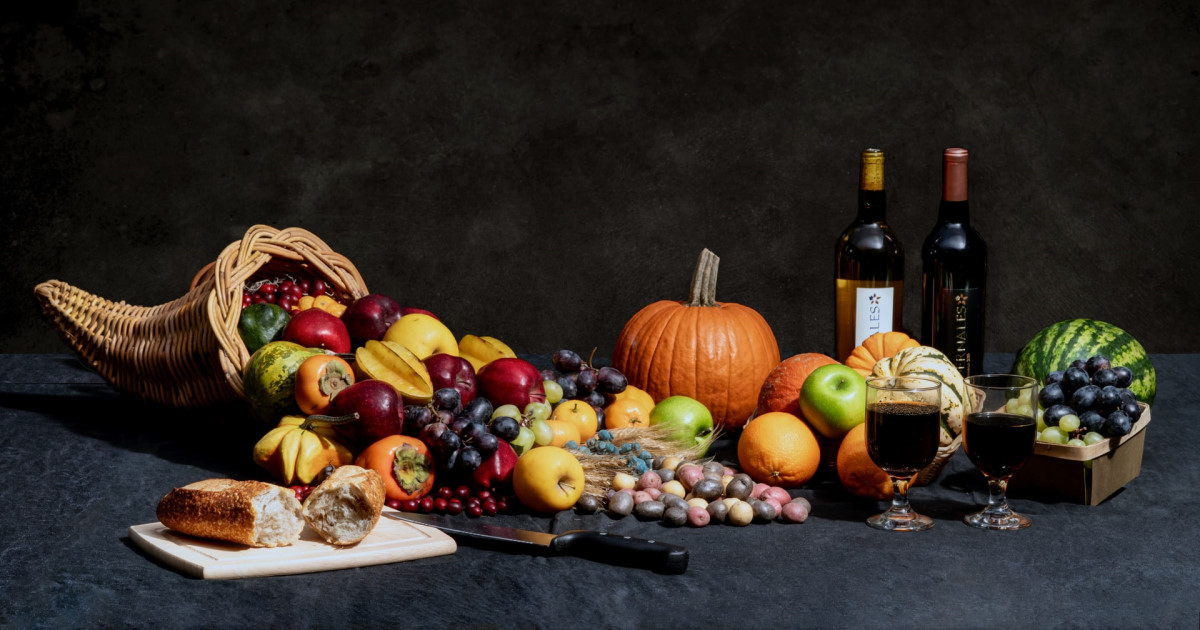
September 3rd, 2021
Estimated Read Time: 12 Minutes
Even though Mabon isn’t one of the Greater Wiccan Sabbats, its significance within the Wheel of the Year calendar is indisputable. As the second of the three harvest festivals we celebrate, Mabon represents the height of nature’s abundance. That makes it the perfect opportunity to look back at the blessings we have received during the season and the year at large.
This Sabbat gives us a chance to reflect but also prepare for the days ahead. Basically, if Samhain corresponds with the mainstream celebrations of Halloween, you can think of Mabon as the witch’s Thanksgiving. With that in mind, it might be helpful to know exactly when we usually celebrate this momentous occasion.
When Is Mabon? Pinpointing the Autumnal Equinox
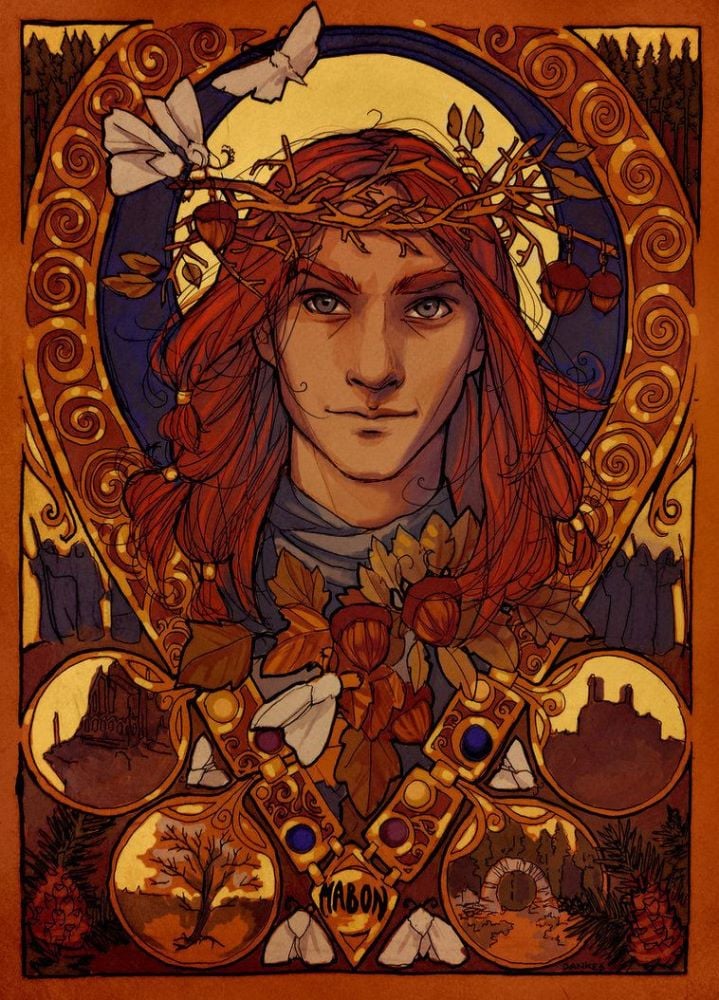
As you may be aware, during the 20th century, several prominent neopagan covens in Great Britain made an effort to devise an official calendar of the major annual festivals we now celebrate. That resulted in the Wheel of the Year, which consists of four Greater Sabbats — cross-quarter events that fall between the four equinoxes and solstices.
Mabon — pronounced Mae-baan or May-bon — is one of two equinoxes, which makes it a lesser Sabbat. The holiday didn’t get its name until the 70s, when Aidan Kelly, an American practitioner of Wicca, chose to name the fall equinox festival to honor the Welsh deity Mabon, son of Modron. The historical significance of the choice has since been disputed.
Still, if that explanation doesn’t quite gel with you, you can simply refer to this festival as the autumn equinox. Alternatively, you can take a page out of the druids’ book and call it what it is — Meán Fómhair — the middle of the harvest.
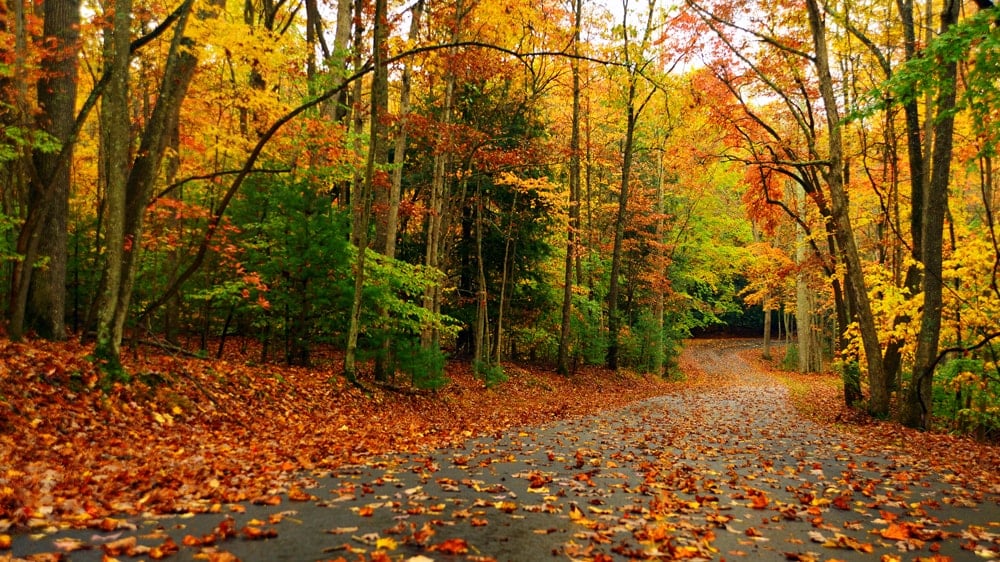
But to get back to our original subject — when is Mabon supposed to be celebrated? Well, since it’s one of the festivals that are determined by the Earth’s position relative to the Sun, the exact date is subject to change. However, it usually falls somewhere between the 21st and 24th of September.
Of course, if you live in the Southern Hemisphere, you’ll probably celebrate Mabon when practitioners in the Northern Hemisphere celebrate Ostara. That means that you’ll probably be breaking out your fall decor between the 19th and 21st of March.
What Is Mabon? The Symbolic Significance of the Fall Festival
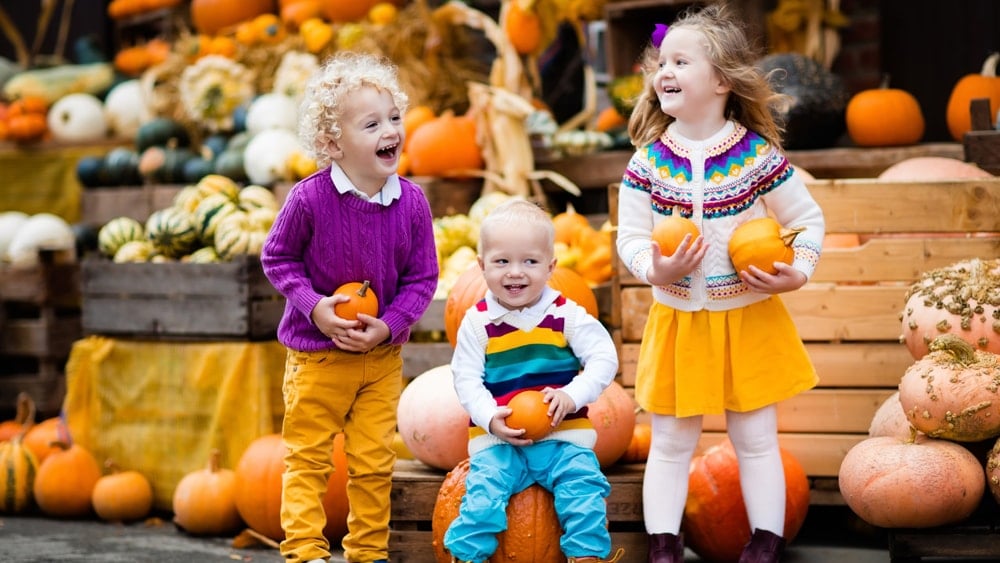
Fall harvest festivals have been around for thousands of years across many different cultures. We can even see some remnants of these ritual celebrations in modern Oktoberfests and similar parades. Originally, the practice was rooted in farming and agriculture, as it allowed people to step back and enjoy the fruits of their labor at the height of the harvest season.
Many agricultural societies and communities still adhere to the original symbolic meaning of the festival. But since most of us are living in more urban environments, we have had to delve deeper into the meaning of Mabon.

On a symbolic level, the fall equinox is an opportunity to celebrate balance in nature. After all, the festival usually takes place on the date when we get an equal amount of daylight and nighttime.
As we have established, this Sabbat also closely relates to the themes of Thanksgiving — another mainstream harvest festival. As such, it’s the perfect time to give thanks for everything we have received during the warm days that are now behind us. We can be grateful for the bounty the summer and fall harvests have given us while paying our respects to the dark days ahead.
Which Deities Do We Honor at Mabon?

Even though Mabon was named after a Welsh deity, most Wiccans don’t hold the festival in his honor. Instead, there are many other Mabon deities you can raise a glass to this fall.
During this time, we see the moon goddess lie down and begin her descent. As the harvest nears its end, she enters her final Crone stage. The aging goddess has wild yet hidden energy, which is also abundant in several other female deities. So if you want to honor one of them, you can call on Hecate, Lilith, or the Morrígan.
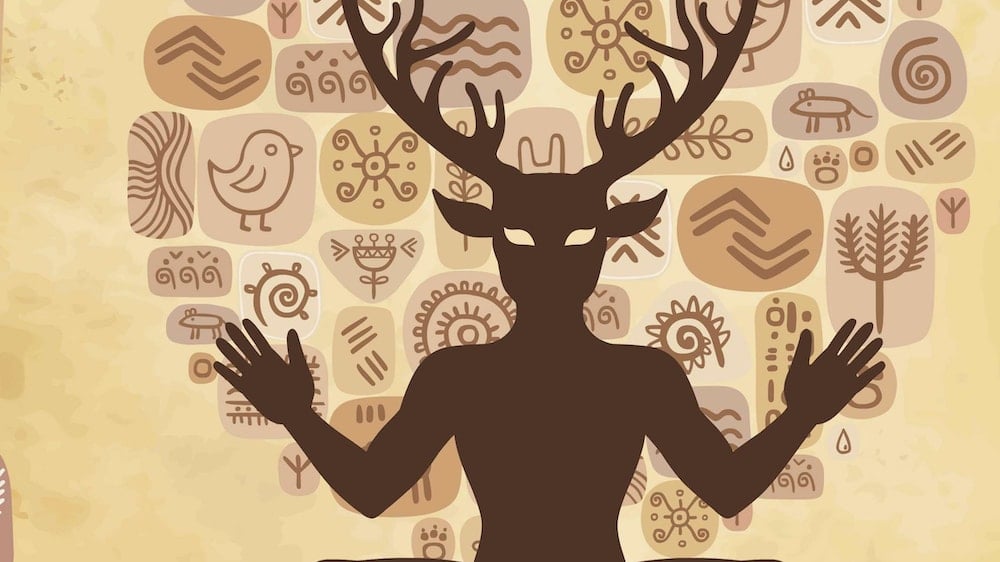
At the same time, the Horned God prepares for his death, which gives the festival great spiritual importance. Like the Green Man, the male deity relinquishes his control over the forest and returns to the earth. In a way, his death amplifies the forces of the underworld, allowing us to start communing with the spirits.
On the other hand, if you interpret the year through the prism of the eternal struggle between the Holly King and the Oak King, you can see this festival as the surrender of the Oak King. As the reign of the Holly King begins, nature becomes dormant to protect itself from the coming cold.
Greco-Roman Alternatives
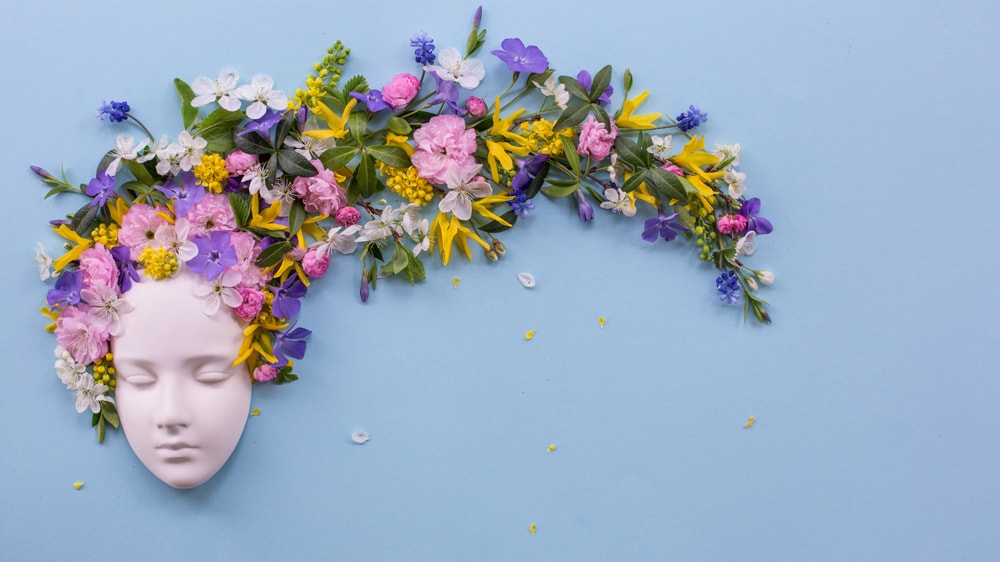
Ancient Greeks also had a poetic way to explain the changing of the seasons — the story of Persephone. As summer comes to an end, the goddess must return to rule the underworld along with her husband, Hades. Her grieving mother, Demeter, remains aboveground as the earth becomes barren until their reunion.
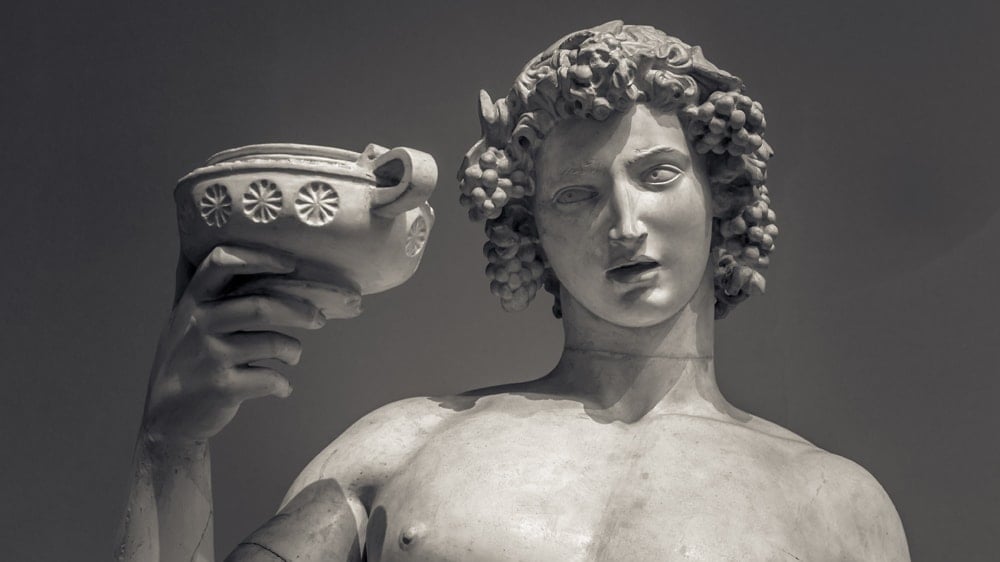
Sticking with the Greco-Roman pantheon, there are several other deities you might want to honor. On the one hand, you have the god of agriculture, wine, fertility, and revelry — Dionysus. If you prefer the Roman version of the Ancient gods, you can also call him Bacchus. Since grapes play a huge part in the season, celebrating him would be appropriate.
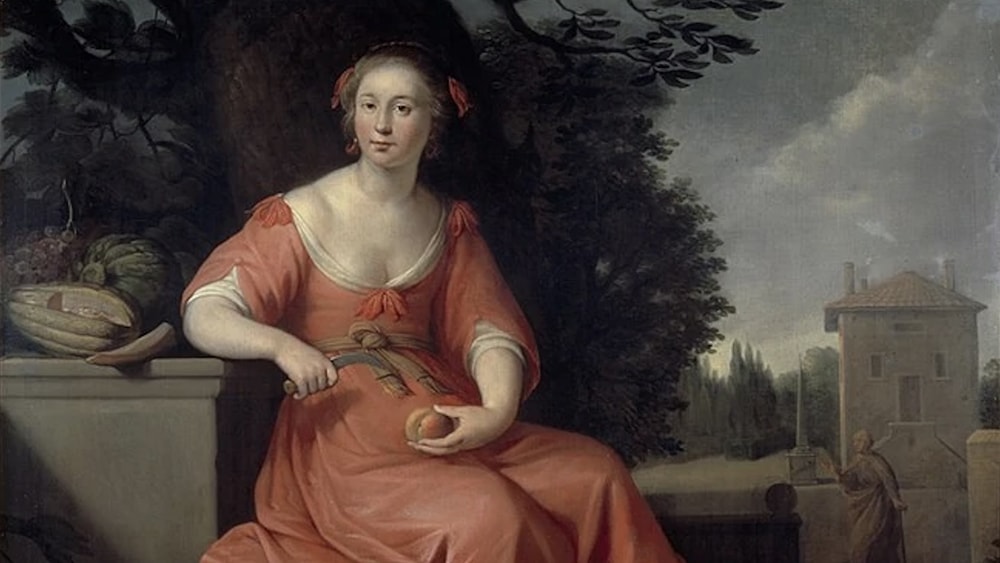
Alternatively, you can honor the Roman goddess of fruit and abundance, Pomona, even though she was historically celebrated in August. As we’re about to discuss, the cornucopia has long served as one of the main symbols of the fall festival. Since the goddess Pomona is often depicted holding a horn brimming with fruits and vegetables, honoring her during the autumnal equinox makes sense.
Our free Wicca 101 course provides the essential knowledge and skills
you need to start confidently practicing Wicca.
Join the Wicca Academy community today!
Traditional Mabon Symbols, Themes, Colors, and More!
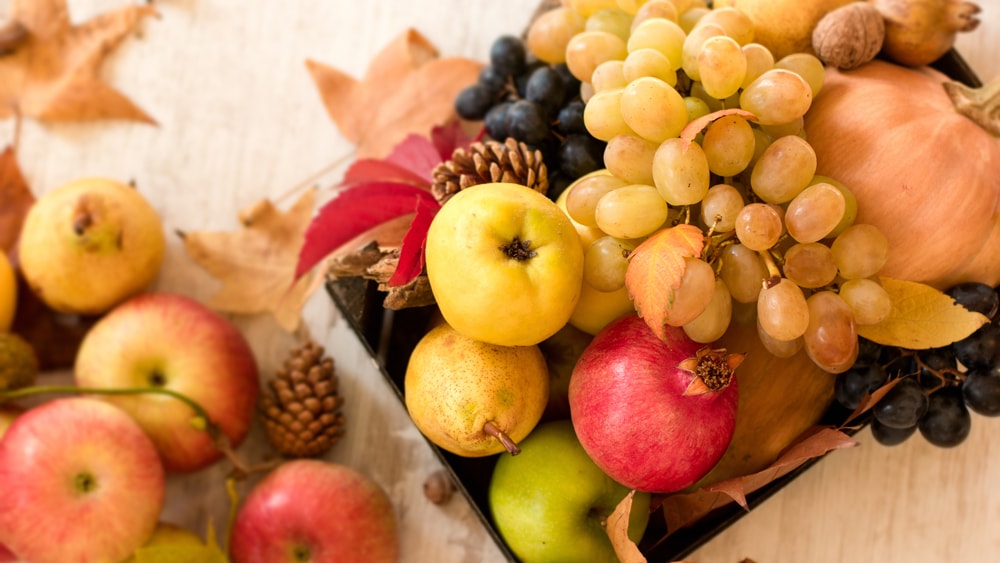
Since Wicca is such an open belief system, most Mabon traditions are a mixture of various practices from different cultures. Yet, as you’ll soon discover, some symbols and themes are pretty universal.
For example, apples, grapes, and acorns are pretty well-established symbols of the season. And best of all — you can easily incorporate them into your Mabon decorations and rituals.
Celebrate in Style!
Download our Free Mabon Wallpapers, Backgrounds, and Social Media Banners
The Symbolism of Mabon Colors
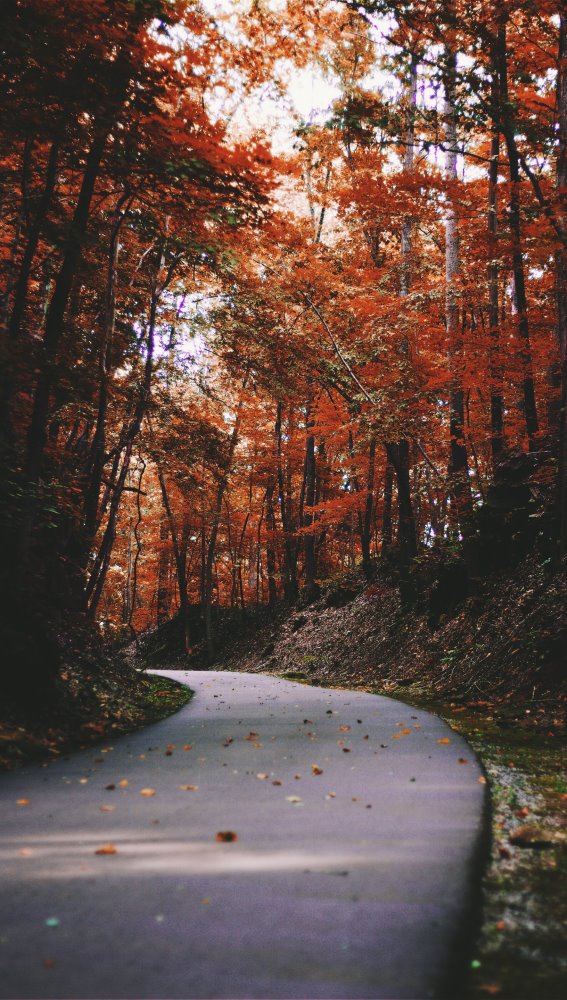
As always, the main colors that can help us invoke the themes of Mabon are the ones we find all around us. In this case, the palette is full of earthy, autumnal shades, much more mature than those we used to celebrate the first harvest.
Yellow, orange, red, and brown are all colors you’ll find on the changing leaves. However, since the new season is just beginning, you can also use deep green shades. Additionally, we can use purple to represent wine and grapes in general. Lastly, black can represent various deities’ descent into the underworld.
Mabon Crystals and Their Magickal Properties
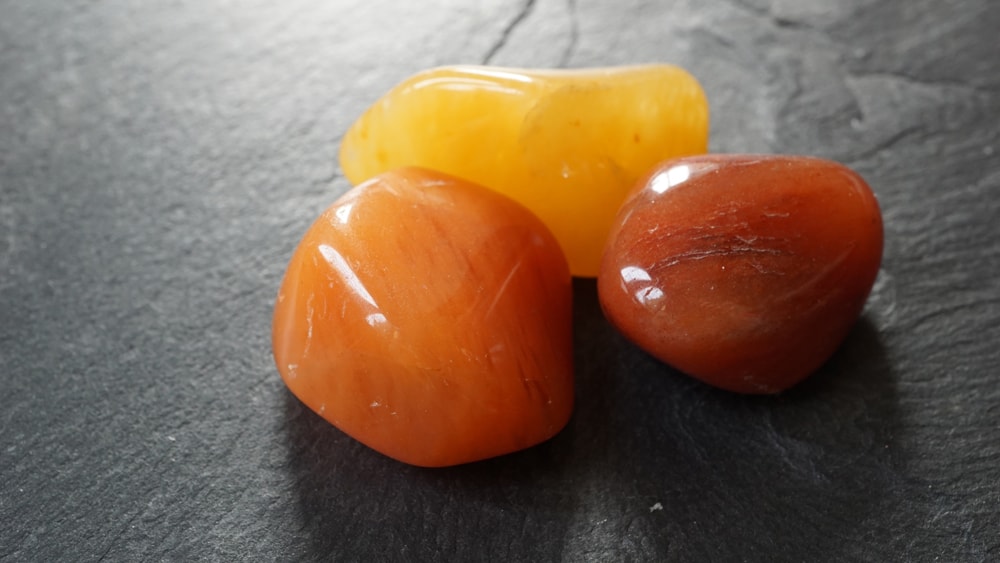
Typically, the colors of the gemstones we use during a festival corresponds with the main palette of the season. And, to be fair, we do have plenty of stones that fit into that category this time, too. For example, you could use:
- Yellow agate for summoning joy and prosperity
- Citrine for envisioning and pursuing your creative goals
- Amber for protection, positive energy, love, and sensuality
- Cat’s eye for luck, stability, and encouraging generosity
- Peridot for attracting harmony, compassion, and prosperity
- Moss agate for making a fresh start and promoting peace and balance
- Red Jasper for grounding rituals and encouraging patience as well as persistence
However, depending on the intentions you want to set, you could also use several crystals that don’t fall into that color scheme. Sapphire can be great for ensuring psychic protection as well as summoning joy, prosperity, and, above all, wisdom. Similarly, aquamarine can help us promote balance and harmony, which is an appropriate goal to have during the equinox.
On the other hand, if you’re looking for a way to plan for the season ahead, try using lapis lazuli, which enhances our self-reflection and creativity, or even gold sheen obsidian. And if nothing else, you can always use clear quartz to gain some clarity and optimism!
Mabon Herbs, Flowers, and Trees
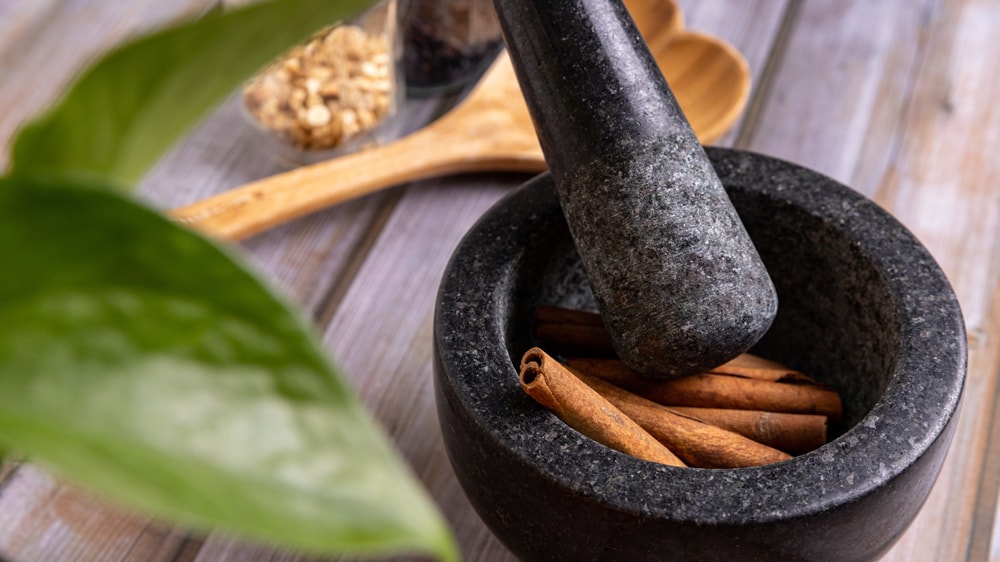
If you’re interested in making Mabon incense, you’re probably wondering about the herbs you can use. Once again, you should feel free to use all the plants we usually associate with the fall season. Cinnamon, sage, clove, pine, sweetgrass, and myrrh are all wonderful ingredients for summoning wisdom and good luck.
You can also throw certain flowers into the mix, such as chrysanthemum, marigolds, sunflowers, or thistle. Of course, all of them would look marvelous in a vase too!
Lastly, you should consider using leaves and fruits from aspen, cedar, maple, oak, pine, and walnut trees. And lest we forget — apple trees and incense should also feature heavily in your decorations and rituals.
Traditional Mabon Foods and Drinks
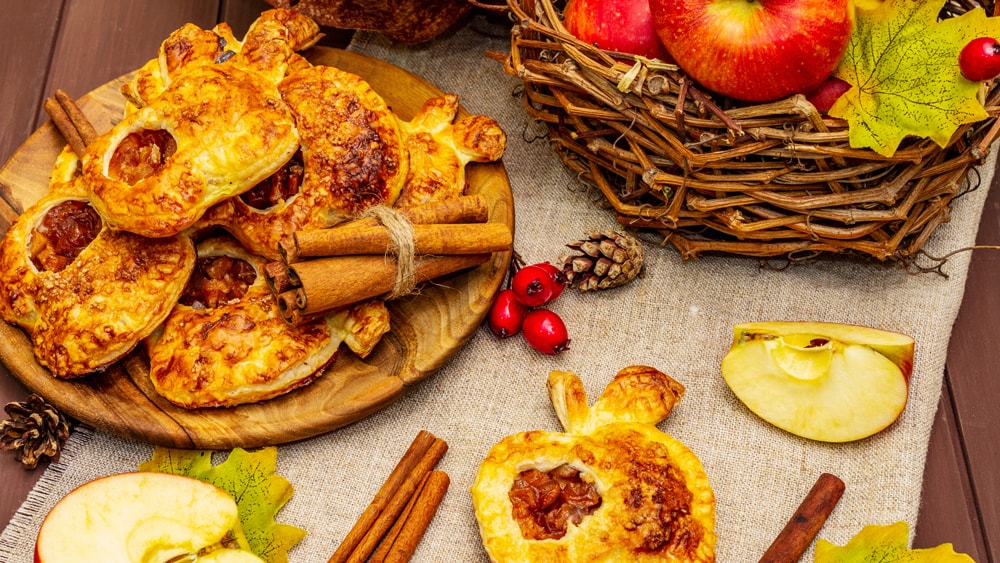
Now, before we discuss the best Mabon activities you can do solo or with your coven, we have to mention the many scrumptious foods you can prepare in time for the Sabbat.
As with the previous harvest festival, Lughnasadh, bread and baked goods are featured heavily in most Mabon recipes. You can make Dutch or spiced apple cake or turnover cakes with any number of seasonal fruits. During this time, you’ll find plenty of ripe apples, pears, berries, and grapes at the local farmers’ markets. And if you want to honor Persephone or the underworld more generally — pomegranates will be in season too!

On the other hand, if you prefer savory foods, there are also plenty of vegetable and meat-based options to choose from. You could make cooked sweet potatoes, carrots, squash, onions, corn, and roasted meat. Alternatively, just toss it all into a big Mabon stew.
Because of this abundance of fresh produce, September is also a great time to make preserves for the winter. You can make jams, pickled veggies, and, of course, any number of fruity alcoholic drinks. Speaking of beverages, you can either serve wine or go for apple cider or grape juice instead. Either way, people will surely be talking about the feast for years!
Related: Mabon Recipes and Foods
How to Celebrate Mabon and Get Ready for Fall
By now, you should know the symbolic purpose of Mabon. If nothing else, the Sabbat should give you a chance to relax and reflect on your past as well as the future. With that in mind, let’s talk about some Mabon rituals that can help you celebrate.
Go On a Nature Walk and Collect Items for Your Altar

Since the Wiccan Sabbats are so intertwined with nature’s seasonal cycles, they usually serve as reminders to take note of our surroundings. A walk through the forest (or park) can be a good opportunity to find fallen walnuts, chestnuts, acorns, and leaves to decorate your home with.
If you don’t have forests near you, you could also visit an apple orchard or a vineyard. Remember to bring home some apples, grapes, or even just vines to use as garlands.
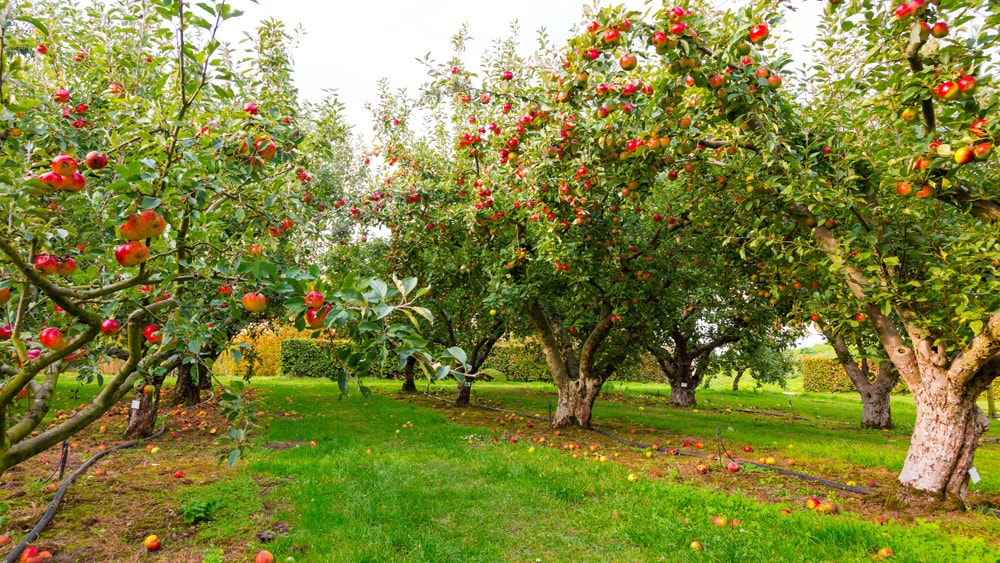
Whether you visit a forest or a park, make sure to leave Mabon offerings behind you to give thanks to the bounty nature has given you. You can scatter or plant seeds, or simply leave behind some of the food you took with you. Berries and apples can be wonderful offerings to the Fae or even wandering spirits.
Cleanse Your Home

The equinoxes are also the perfect times to deep clean your home. After thoroughly dusting and vacuuming the place, open the windows to release the stale energy. Mabon is also a good time to bring your winter clothes out of storage and donate whatever doesn’t fit anymore.
Once your space is physically clean, you can also perform a spiritual cleanse. That should prepare your home for the coming winter.
Decorate Your Mabon Altar
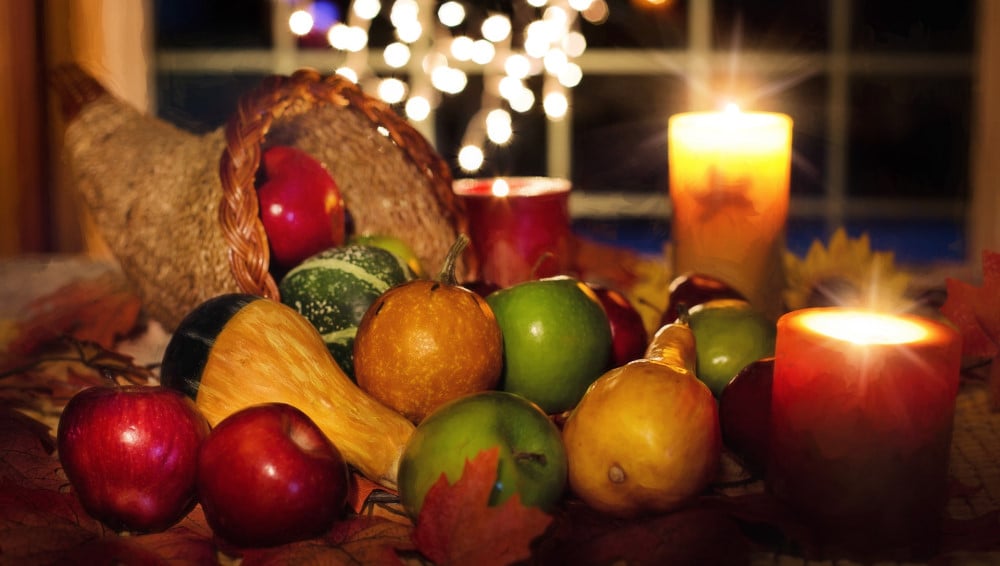
As you can imagine, Mabon altars typically feature the colors and symbols we’ve already mentioned. You can start the decorating process by draping a piece of fabric in one of the season’s colors over your altar. Alternatively, you can bring those colors in with ribbons or candles.
Cinnamon or apple-scented candles are also a good way to get your home smelling like fall in addition to looking like it. You can also burn incense or just let your kitchen magick do the job of setting the scene.
If you want to get creative, you could decorate one side of your altar with green candles, crystals, and offerings, and create a gradient toward more golden brown shades on the other side. That would be a marvelous visual representation of the passage of time.
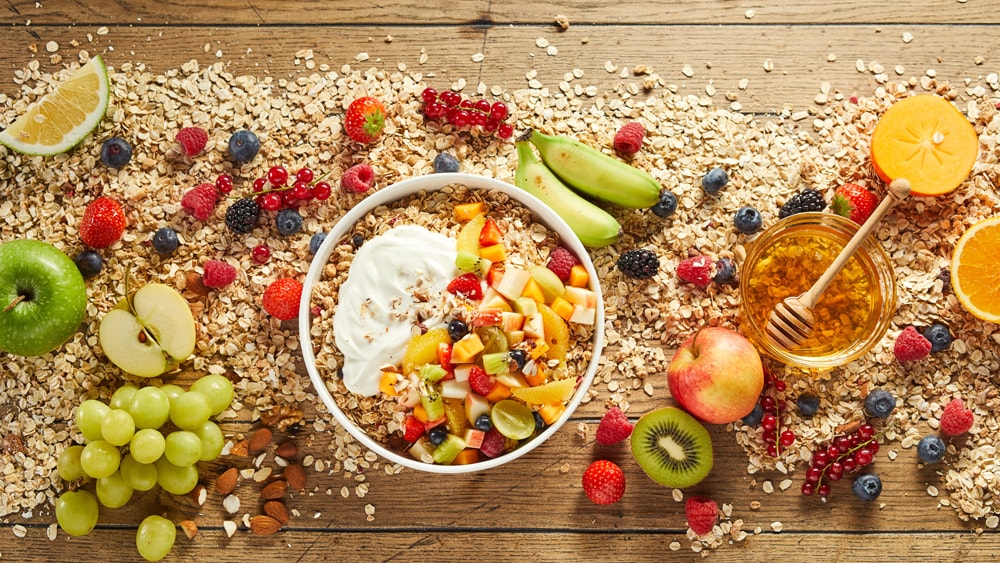
Speaking of offerings, let’s briefly go over the items you could place at your altar. On the one hand, you could use herbs from your garden and anything you’ve collected on your forest walk. Grain, nuts, and seeds should also do the trick. Lastly, you could use apples, grapes, berries, squash — and pomegranate to honor Persephone.
Make (or Bake) a Cornucopia
As we have established, a cornucopia is one of the most prominent symbols of the season. One way to incorporate it into your fall harvest celebrations would be to get a wicker horn to use as a centerpiece for your dining room table. Alternatively, you could make a horn out of dough. To make a horn-shaped Mabon bread:
- Mix two cups of warm water with a quarter cup of sugar and 14g of dry active yeast — then let it react for about five minutes
- Add half a cup of oil, six cups of flour, and some salt into the mix, then knead until it stops being sticky
- Transfer the dough into an oiled container, then cover it with a cloth rag and let it rest for about an hour
- Make a cone out of aluminum foil, then stuff it with more foil to make it keep its shape
- Remember to turn the pointed end of the cone up and slather the whole thing with oil or butter
- Roll the dough out over some flour and divide it into strips, then wrap those around your foil base
- Brush some egg wash over the whole thing and bake until golden
Once your cornucopia is done, you can fill it with fresh grapes or baked seasonal veggies. Alternatively, you can make a cheese and apricot dip by following the recipe in this video that is shown above.
Make a Mabon Wreath
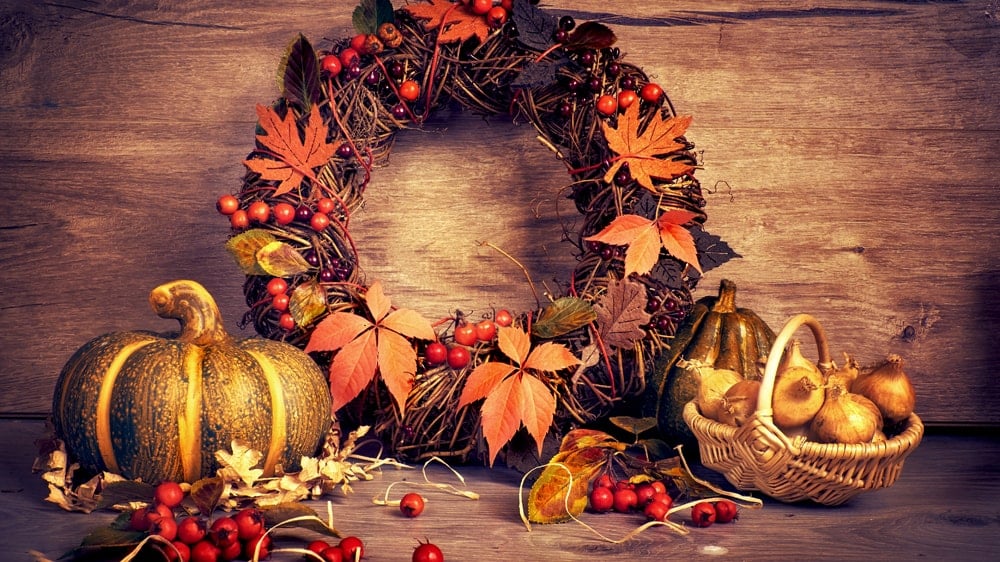
If you want to cast a protective spell on your home, making a wreath is the perfect way to do it. Just get a grapevine base at your local crafts store and adorn it with pine cones, leaves, berry twigs, feathers, and more. You can affix your decorative elements with twine or glue them on. Then before you hang the wreath up, add some rosemary twigs or sigils for protection.
Host the Spirit of the Grain in a Corn Dolly
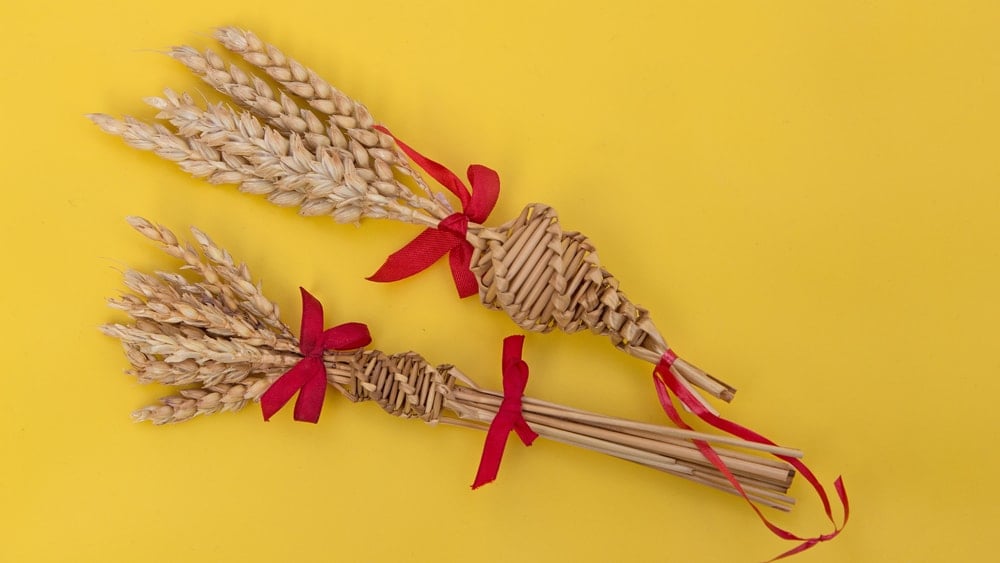
As we have mentioned in our article about Lughnasadh, making corn dollies can be a great way to use up the leftover grain. The idea is that the dollies give the spirit of the grain a place to reside during the winter. So if you make a dolly, make sure to keep it in a safe place until spring.
Don’t miss out!
We have a special offer for you after you create your free account
Share Your Mabon Blessings With Your Community!
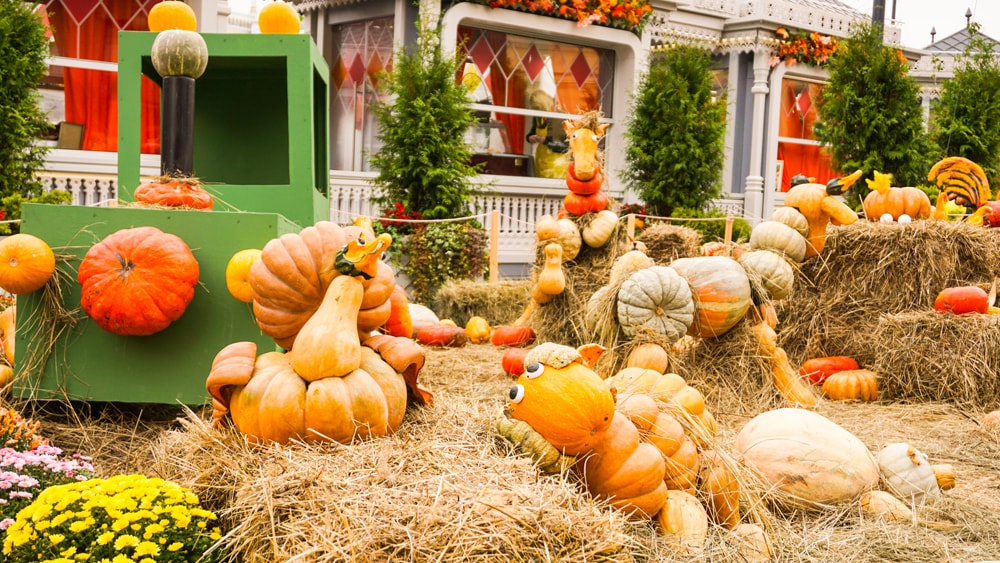
Ultimately, there are so many other activities Wiccans can take part in during the autumnal equinox. Remember, Mabon is the perfect time to reflect on the past season by meditating or reviewing old journal entries. We can also try to divine the future by doing a basic Mabon tarot spread or affect it through various spells and rituals.
But really, harvest festivals are there to remind us not to take the abundance of nature for granted. With that in mind, we ought to share any blessings we receive with our friends, family, and community. Whether we do that by hosting a Mabon feast, participating in a food drive, or volunteering our time, the important thing is to never lose sight of what’s really important — other people!
Check out our other articles:
Sigils for Newcomers
Jar Spells Made Simple
Get to Know Your Familiar
Kitchen Magick for Beginners
Moon Phases and Simple Rituals
See All Articles
Love this article? Share the magick with your friends and loved ones!